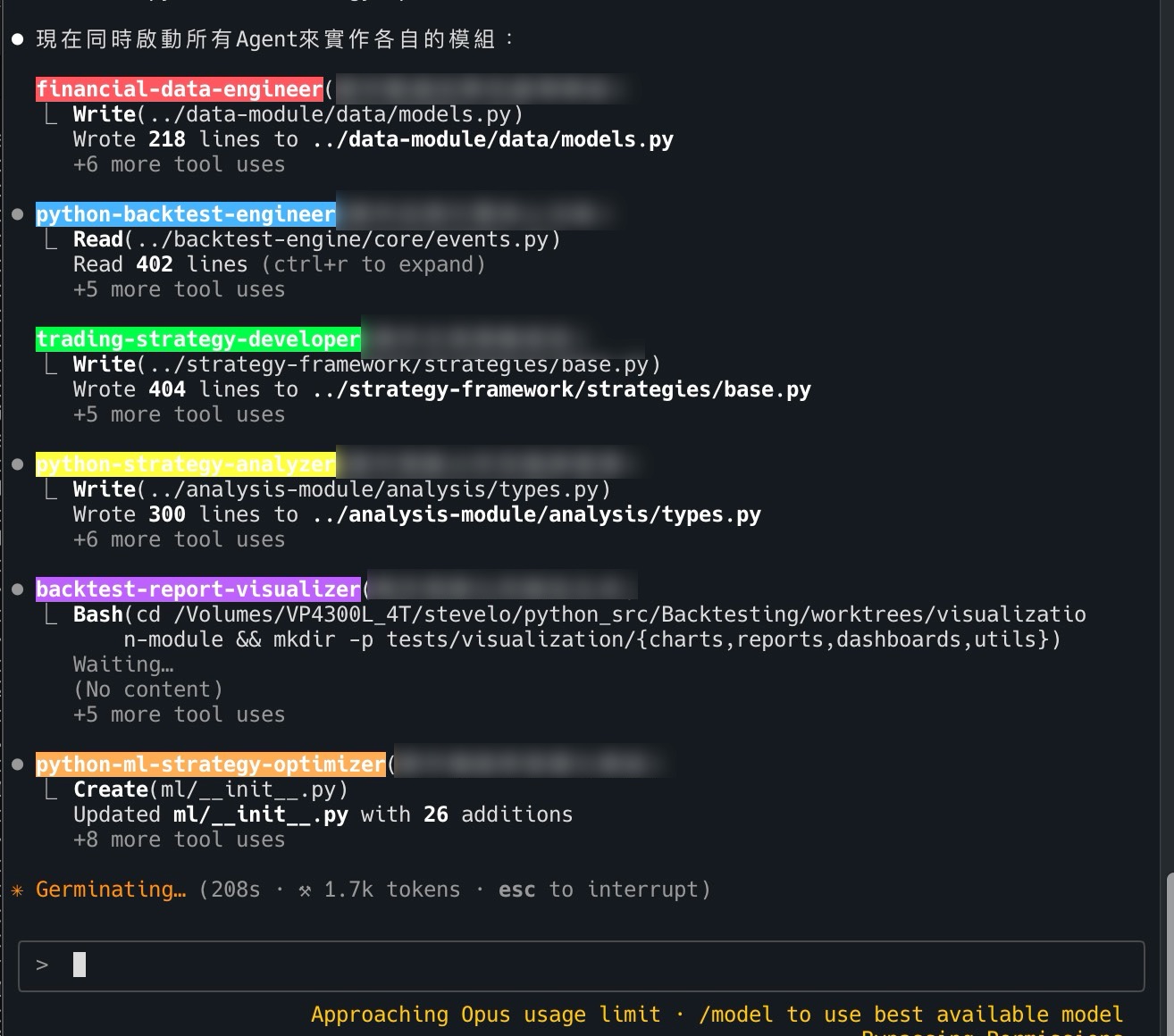Below you will find pages that utilize the taxonomy term “Claude Code”
Claude Code 2.0.41-2.0.47 Release Notes
📋 Version Overview
This article summarizes the important updates in Claude Code versions 2.0.41 through 2.0.47, covering new features, improvements, and bug fixes across six releases.
🎯 Highlights
- ✨ PermissionRequest Hook: Automated permission approval mechanism
- ☁️ Azure AI Foundry Support: New cloud platform integration
- 🔧 Subagent Hooks Enhancement: More complete lifecycle control
- 🚀 Background Task Sending: Support for background execution on web
- 🐛 Extensive Bug Fixes: Improved stability and user experience
✨ New Features
1. PermissionRequest Hook (v2.0.45)
The new PermissionRequest Hook allows you to automatically approve or deny tool permission requests using custom logic, significantly improving automation workflow efficiency.
Claude Code Hooks System and Migration Guide: Workflow Automation and Smooth Upgrades
Claude Code 2.0 Core Features Deep Dive Series
This is Part 3 (Final) of the series. The complete series includes:
- Skills and Sandbox - Enhancing Extensibility and Security
- Subagents and Plan Mode - The New Era of Intelligent Collaboration
- Hooks System and Migration Guide - Workflow Automation and Smooth Upgrades (This Article)
Claude Code 2.0.30 introduces the powerful Prompt-based Stop Hooks feature, along with important migration requirements: Output Styles deprecation and SDK updates. This article provides an in-depth exploration of the Hooks system’s complete applications and detailed migration guides to ensure smooth upgrades to the latest version.
Claude Code Subagents and Plan Mode: The New Era of Intelligent Collaboration
Claude Code 2.0 Core Features Deep Dive Series
This is Part 2 of the series. The complete series includes:
- Skills and Sandbox - Enhancing Extensibility and Security
- Subagents and Plan Mode - The New Era of Intelligent Collaboration (This Article)
- Hooks System and Migration Guide - Workflow Automation and Smooth Upgrades
Claude Code 2.0.28 introduces the revolutionary Plan Subagent and enhanced Subagent system, combined with v2.0.21’s Interactive Questions feature, pioneering a new collaborative model for AI-assisted development. This article provides an in-depth exploration of Subagent enhancements, Plan Mode mechanisms, and how to build smarter development workflows through interactive Q&A.
Claude Code Skills and Sandbox: Enhancing Extensibility and Security
Claude Code 2.0 Core Features Deep Dive Series
This is Part 1 of the series. The complete series includes:
- Skills and Sandbox - Enhancing Extensibility and Security (This Article)
- Subagents and Plan Mode - The New Era of Intelligent Collaboration
- Hooks System and Migration Guide - Workflow Automation and Smooth Upgrades
Claude Code 2.0.20 introduces two revolutionary features: Skills (skill system) and Sandbox Mode. Skills enable Claude to automatically activate specialized functional modules, greatly enhancing extensibility; Sandbox Mode elevates security to a new level through OS-level isolation. This article provides an in-depth exploration of the principles, configuration, and practical applications of these two features.
Claude Code Output Styles: A Comprehensive Guide to Unlocking AI Assistant's Full Potential
Claude Code’s newly introduced Output Styles feature fundamentally changes how we interact with AI programming assistants. This powerful capability not only breaks Claude Code free from traditional software engineering boundaries but also enables every user to craft personalized AI assistant behaviors tailored to their specific needs.
What are Output Styles?
Output Styles is a revolutionary feature in Claude Code that allows users to directly modify the system prompt, thereby changing Claude’s behavior patterns and response styles. This means you can transform Claude Code from a pure programming assistant into a code review expert, educational tutor, technical support consultant, or even a creative ideation partner.
Complete Analysis of Claude Code Statusline
Introduction
Claude Code’s statusline feature is a powerful yet often overlooked capability. It not only displays basic system information but can be highly customized to become your personalized programming environment status monitor. This article will thoroughly analyze all aspects of statusline, from basic configuration to advanced techniques, and reveal the underlying sub-agent mechanism.
What is Claude Code Statusline?
According to the official documentation, statusline is a customizable status bar displayed at the bottom of the Claude Code interface. It features:
Claude Code Memory MCP Integration Best Practices: Token Optimization and Performance Analysis
Introduction
As AI-assisted development tools rapidly evolve, Claude Code has become the programming assistant of choice for many developers. However, standard Claude loses all previous memory at the start of each conversation, meaning you need to repeatedly introduce yourself, project context, and preferences. The emergence of the Model Context Protocol (MCP), particularly the integration of Memory MCP servers, provides an elegant solution to this problem.
This article delves into best practices for Memory MCP integration, with a special focus on token usage impact and practical optimization strategies.
How to Effectively Use Claude Code Sub-Agents
How to Effectively Use Claude Code Sub-Agents
As a battle-tested veteran who’s been wrestling with code for over a decade, I’ve seen development tools come and go. Some tools shine like meteors—bright but brief—while others burn steady like stars. Claude Code’s Sub-Agents feature undoubtedly belongs to the latter category. It’s not just a tool; it’s like having an entire development team packed into your IDE.

How to Effectively Use Claude Code's /add-dir Command
How to Effectively Use Claude Code’s /add-dir Command
In modern software development, separating frontend and backend architectures has become the standard practice. Developers often need to work with multiple related but independent project directories simultaneously, such as a frontend React application and a backend API service. Claude Code’s /add-dir command is a powerful feature designed specifically to address this pain point.
What is the /add-dir Command
According to the official documentation, the /add-dir command functions to “Add additional working directories”.